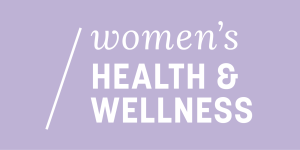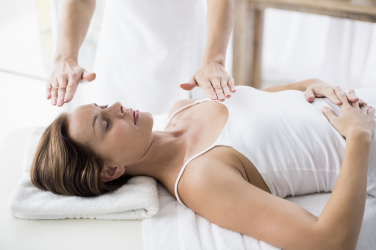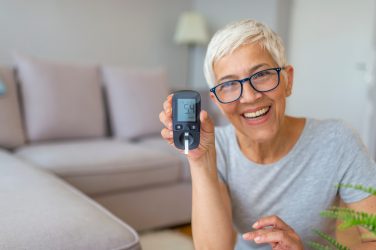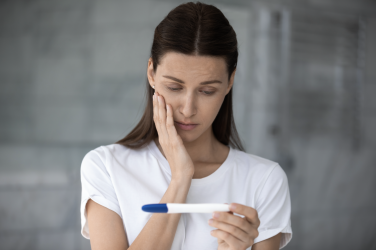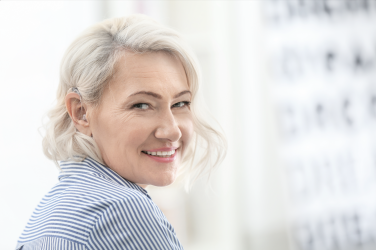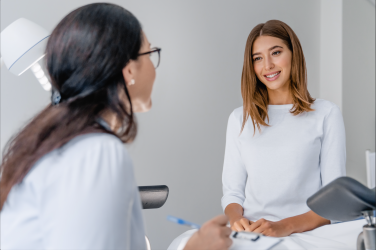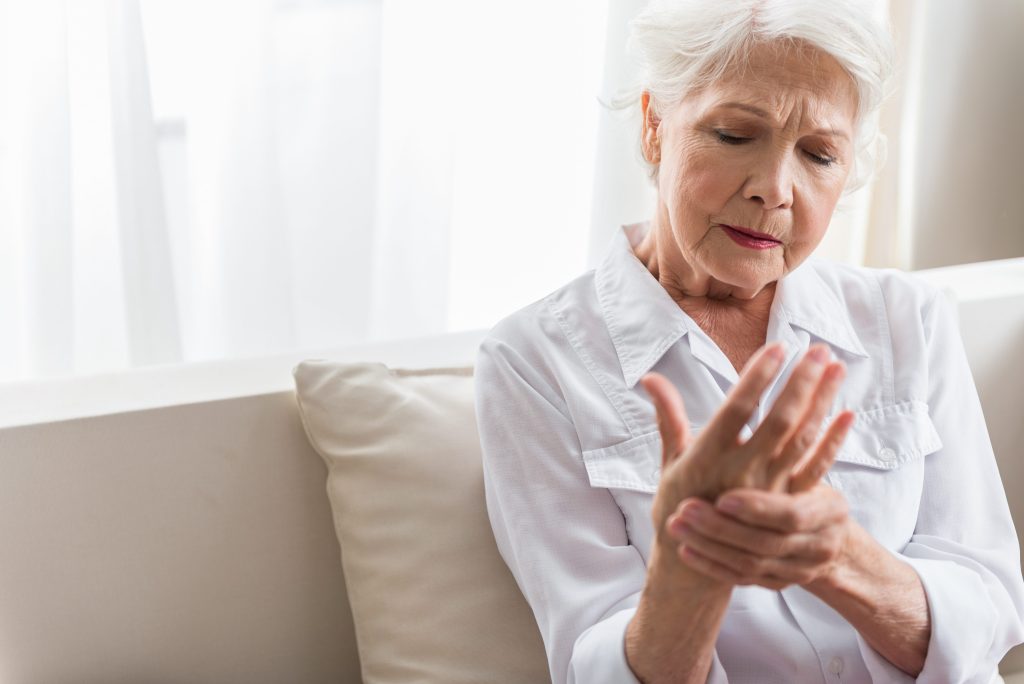
By Pete Alfano
Arthritis is an umbrella term covering all types of arthritis, including psoriatic arthritis,
rheumatoid arthritis, and the most common type, osteoarthritis, a degenerative condition caused by the erosion of the cartilage that cushions the ends of the bones in the joints.
Symptoms of osteoarthritis usually begin in a woman’s 40s and 50s and increase after menopause.
Obesity is cited as a cause, and women are especially susceptible to weight gain after menopause. Women’s hips are wider than men’s, and it’s believed that this anatomical difference places more pressure on the outside of women’s knees. It also has been speculated that years of wearing high heels contribute to osteoarthritis because it results in a misalignment of the kneecap and thigh bone, which rub against each other in a way the body wasn’t meant to work.
Hormone fluctuations and increases during pregnancy and menstrual cycles may play a part, too, causing joint laxity, which increases instability. And women are indeed becoming more involved in sports, which means suffering injuries in their youth that will take a toll later in life.
Thus, women should take osteoarthritis seriously as it can negatively affect their quality of life when they age. Imagine not being able to grip a pen and write your name. Or lift a grandchild? Or go for a leisurely walk in the neighborhood because of severe hip, back, knee, or foot pain? Osteoarthritis is not just having a few aches and pains.
Fortunately, osteoarthritis can be minimized. Stay active and engage in low-impact exercises such as swimming, walking, cycling, water aerobics, rowing, and using an elliptical trainer. Running and playing tennis are more high-impact pursuits that place strain on the joints. Women are encouraged to maintain a healthy weight, which benefits more than just joint health. Yoga and Tai Chi help with balance and flexibility. And don’t slouch in that chair. Maintaining good posture is a preventive measure.
Although there is no cure for osteoarthritis, there are treatments to alleviate the symptoms. Popular over-the-counter medications such as acetaminophen and nonsteroidal anti-inflammatory drugs (NSAIDs) can reduce pain and inflammation. Physical therapy helps build up muscle around the joints, while occupational therapy teaches you how to do things differently, avoiding using painful joints. Cortisone injections relieve pain, although not permanently. Electrical stimulation with TENS units can provide relief. Ultimately, a joint replacement may be necessary. Many women believe osteoarthritis is just something they have to live with, but it doesn’t need to be that way.
DID YOU KNOW?
- Arthritis Foundation surveys indicate osteoarthritis has a meteorological connection. Those aching joints may indeed be a precursor to cold, damp weather approaching.
- The CDC reports that arthritis is more common in women (23.5%) than men (18.1%).
- Osteoarthritis may indirectly increase the risk of death from cardiovascular disease, diabetes, and kidney disease due in part to a more sedentary lifestyle.
